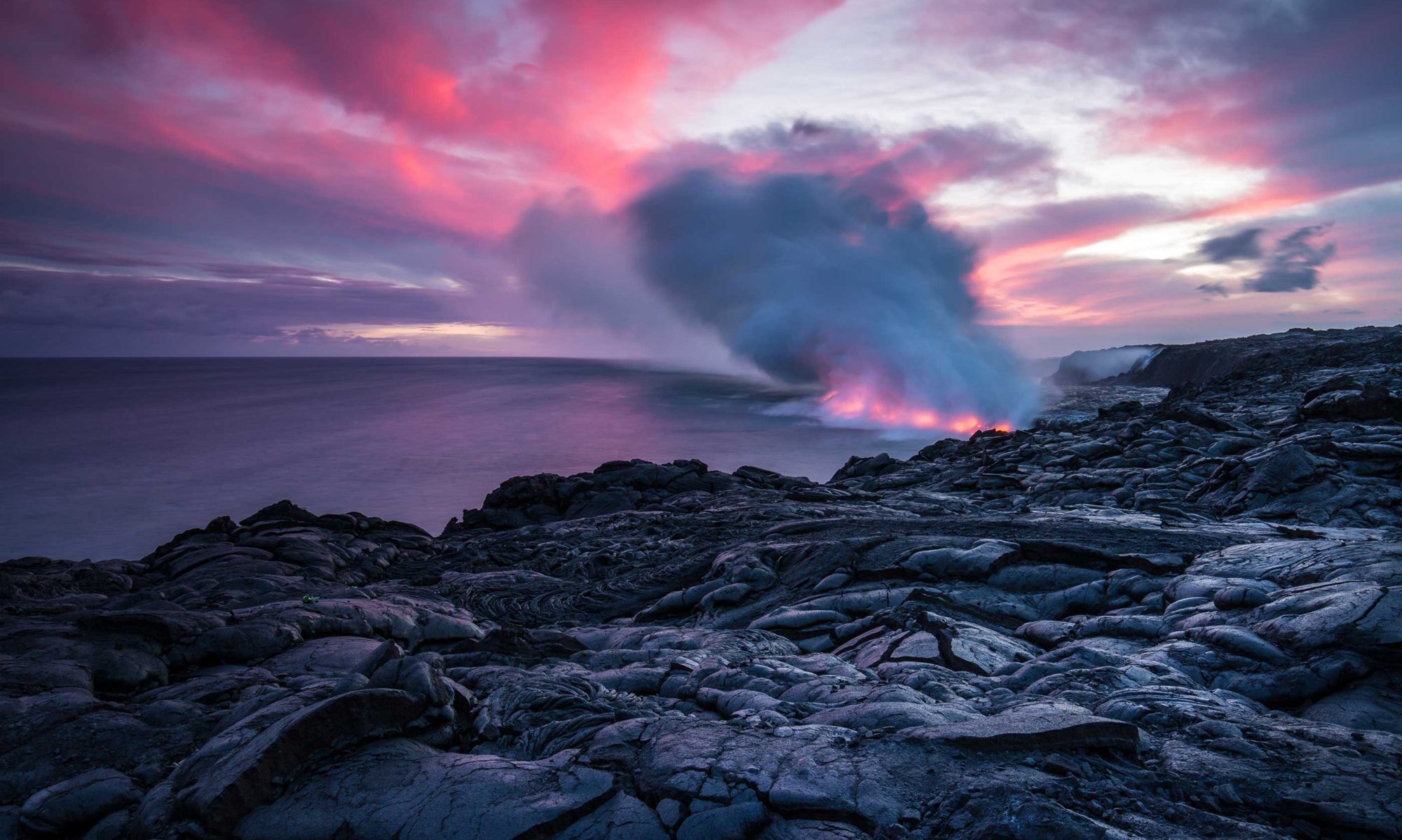The Arctic is warming nearly four times faster than the global average, with Svalbard, an archipelago near Greenland, experiencing an even more alarming rate—seven times faster than the rest of the world. More than half of Svalbard is covered by glaciers, which are highly sensitive to rising temperatures. If these glaciers were to melt completely, global sea levels would rise by 1.7 cm. While this isn’t an immediate threat, their retreat serves as a critical warning about the broader impacts of climate change.
To better understand the state of Svalbard’s glaciers, researchers employed AI to analyze millions of satellite images spanning nearly four decades, from 1985 to 2023. This study, published in Nature Communications, highlights that glaciers in Svalbard are shrinking at unprecedented rates. Since 1985, over 800 km² of ice has been lost—an area larger than New York City—with an average annual loss of 24 km², roughly double the size of London’s Heathrow Airport. Most of this loss is concentrated in marine-terminating glaciers, which flow directly into the ocean. These glaciers play a vital ecological role by transferring nutrient-rich seawater to the surface and influencing ocean circulation. However, they lose mass primarily through iceberg calving, where chunks of ice detach and fall into the sea, accelerating glacier retreat and contributing to sea-level rise.
Understanding the calving process has long been a challenge due to its complexity and the difficulty of observing it directly. Traditionally, scientists manually mapped glacier calving fronts using satellite imagery, a method that is both time-consuming and prone to inconsistency. By leveraging AI, researchers were able to automate this process, enabling the analysis of 149 marine-terminating glaciers across Svalbard. This allowed for an unprecedented scale of observation, revealing critical trends in glacier behavior and their connection to climate change.
The study also uncovered the significant influence of climate extremes on glacier retreat. A particularly notable year was 2016, when calving rates doubled in response to extreme warming. That year saw Svalbard’s wettest summer and autumn since 1955, including a record-breaking 42 mm of rain in a single day, combined with unusually warm and ice-free seas. Seasonal variations in glacier movement were another key finding, with 62% of glaciers showing cycles of retreat in summer and advance in winter. These changes were closely linked to ocean temperatures, with warmer spring waters causing immediate glacier retreat.
Svalbard’s location in the Arctic and its proximity to warm Atlantic currents make it especially vulnerable to climate extremes. The patterns observed here are likely to occur in other Arctic regions, particularly Greenland, which houses the largest ice mass in the Northern Hemisphere. If current warming trends continue, the rapid retreat of marine-terminating glaciers will accelerate, raising sea levels and threatening millions of people in coastal areas worldwide.
This research demonstrates how AI is revolutionizing glaciology by providing new insights into the dynamics of glacier retreat. By analyzing past trends, AI helps predict future glacier changes and underscores the urgency of addressing climate change to protect vulnerable ecosystems and communities.

